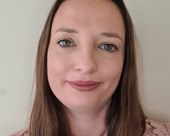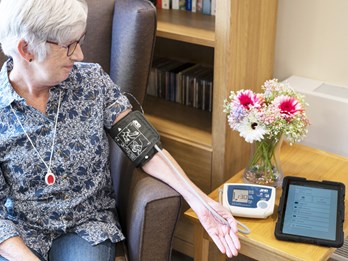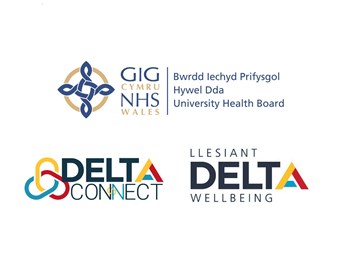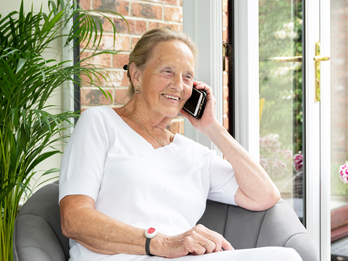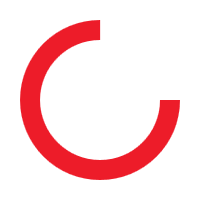COPD and the use of technology
Nov 17, 2021
Chronic obstructive pulmonary disease, or COPD is a group of lung conditions where the main characteristics is narrowing of the airways within the lungs, the narrowing can be due to excess phlegm and/or inflammation of the lining of the lung.
COPD’s main cause is usually smoking, but can also be attributed to pollution, and occupational exposure.
Symptoms of COPD may include:
- Shortness of breath when undertaking activities such as walking, working, and housework
- Cough
- Production of phlegm
- A wheeze (especially in cold weather)
Diagnosing COPD will usually be done with a simple test called spirometry. Once a diagnosis has been confirmed medication such as inhalers may be prescribed; these help to open the airways to improve breathing. Stopping smoking is one the most important thing patients can do to prevent further damage to the lungs. It is also recommended that the annual flu vaccination and pneumonia vaccine is taken, and it’s important to keep active, eat healthily and keeping to a healthy weight.
Technology may be offered to help patients manage their COPD by their healthcare professional. Remote patient monitoring (also known as telehealth) is where patients are asked to monitor their health using an app on a tablet or phone., They will be given equipment to take vital signs such as oxygen readings, temperature and blood pressure monitor, and answer health questionnaires on a regular basis using the app. The collection of data is reviewed by their healthcare professional, enabling them to identify any changes in a patient’s condition, such as increased breathlessness, coughing, and increased sputum production. If a patient’s condition deteriorates and is identified and treated early enough it could prevent a hospital admission.
Remote patient monitoring can also help with educating patients on their condition and improve patients’ self-management, as they start to understand what their vital signs mean and recognise when things may not be right, and what to do next.
